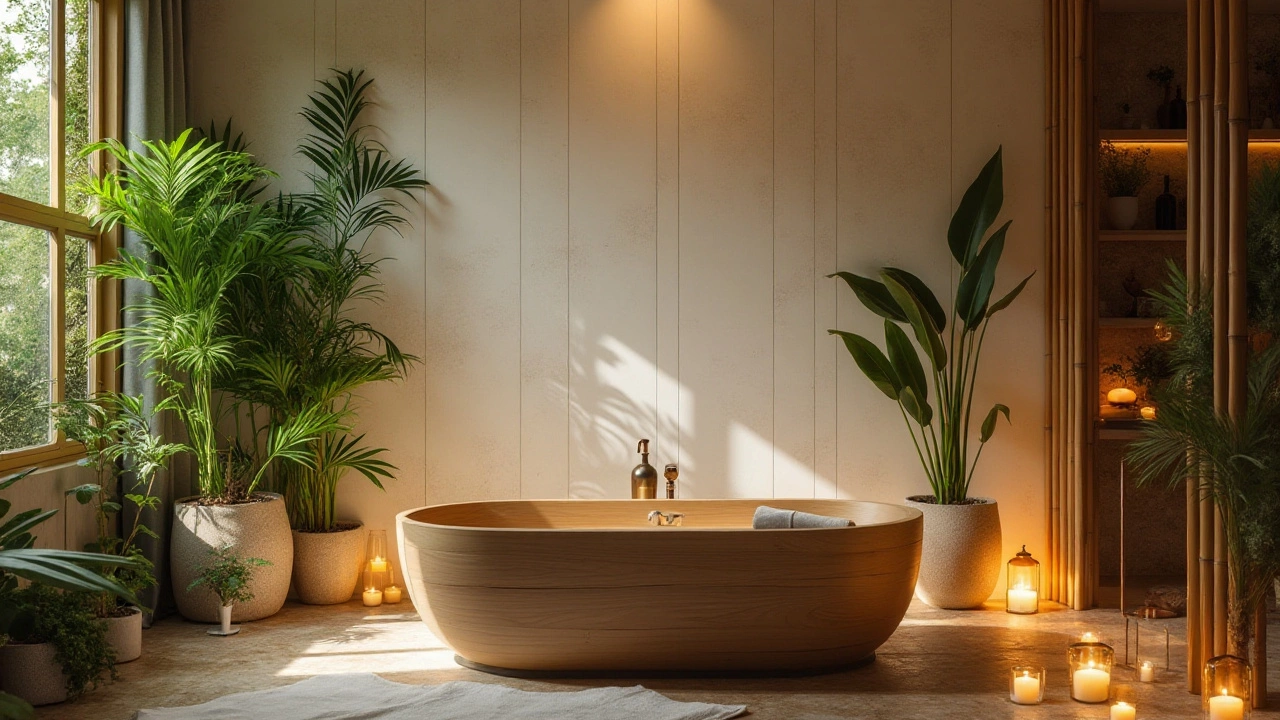Discover how to turn your bathroom into a serene retreat with our guide on creating a zen bathroom. Learn about selecting the right accessories, incorporating natural elements, and choosing calming colors to enhance your relaxation space. Perfect for anyone looking to add a touch of tranquility to their home.
Minimalist Design: Simple Tips for a Clean Modern Home
Minimalist design isn’t about empty rooms. It’s about keeping only what you need and making each piece count. When you strip back the clutter, colours and textures shine more. This approach works for any room – living room, kitchen, bathroom or bedroom – and it’s easy to start right now.
Why Minimalist Design Works
First, fewer items mean less to clean. A tidy surface makes dusting quick and reduces the time you spend maintaining the space. Second, a simple colour palette creates a calm atmosphere that feels larger than the walls. Light neutrals, soft greys and natural wood tones reflect light and open up the room.
Third, every item you keep gets a purpose. A well‑chosen sofa, a functional coffee table or a sleek tile floor becomes a focal point instead of getting lost among excess décor. This focus helps you enjoy each piece more and makes buying decisions easier.
Practical Ways to Add Minimalist Touches
Start with the floor. Choose large‑format tiles in a neutral colour – think plain stone or matte porcelain. Large tiles reduce grout lines and make the space look seamless. Pair them with simple baseboards for a clean finish.
Next, look at furniture. Pick pieces with straight lines and a light footprint. A corner sofa with low backs works well in a living room because it defines the area without crowding it. Keep cushions in muted shades; a pop of colour can be added with one or two accent pillows.
Wall treatment is another easy win. Instead of heavy drapes, try sheer panels or leave windows bare if privacy isn’t an issue. This lets natural light flood the room and highlights the simplicity of the design.
Lighting should be purposeful but unobtrusive. A single pendant over the dining table or recessed LEDs in the ceiling keep the look sleek. Avoid bulky lamps that draw attention away from the room’s clean lines.
Finally, declutter daily. Store away items you don’t need in discreet cabinets or under‑bed storage. The less you see, the more spacious the room feels.
Minimalist design isn’t a one‑time project; it’s a habit of choosing quality over quantity. By focusing on simple tiles, functional furniture and clear surfaces, you can create a modern home that looks effortless and feels comfortable.
